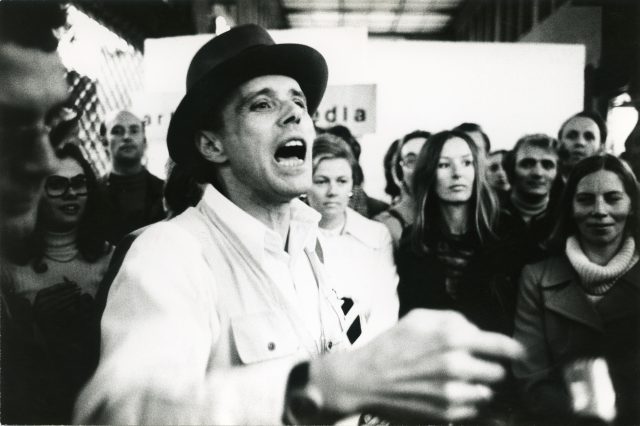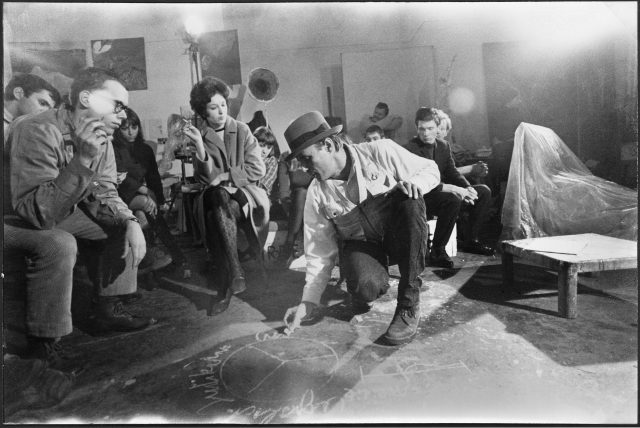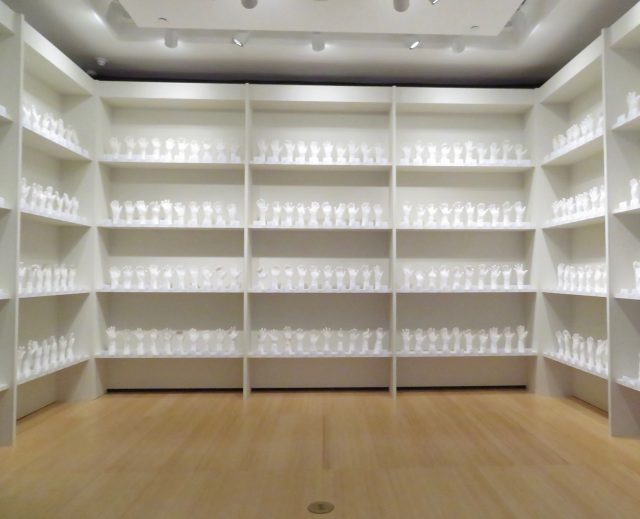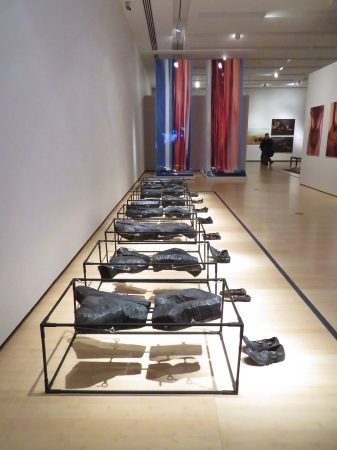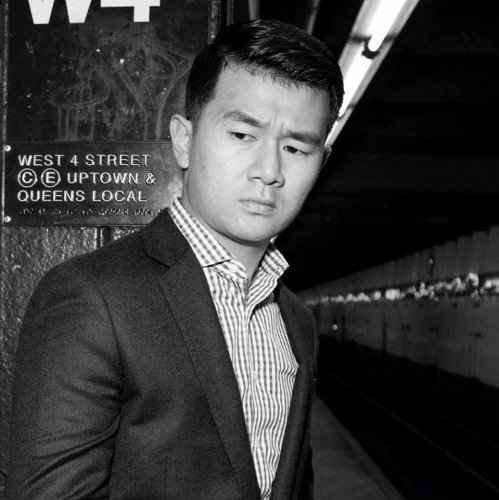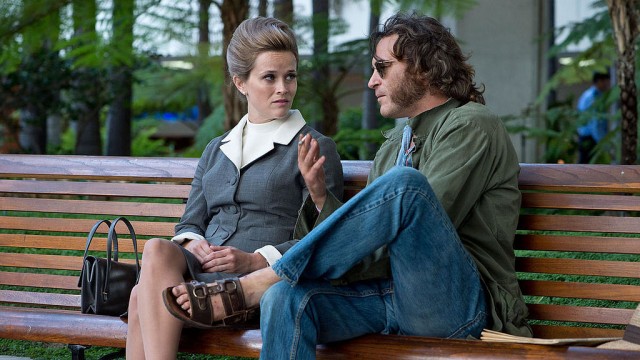
Reese Witherspoon and Joaquin Phoenix reveal that opposites attract in Inherent Vice
INHERENT VICE (Paul Thomas Anderson, 2014)
Metrograph
7 Ludlow St. between Canal & Hester Sts.
Friday, January 19, 3:45
Series runs through January 25
212-660-0312
www.inherentvicemovie.com
metrograph.com
 It makes sense that award-winning writer-director Paul Thomas Anderson, who has made such complex, challenging films as Magnolia, There Will Be Blood, and The Master, has made the first cinematic adaptation of a novel by reclusive, iconoclastic author Thomas Pynchon, who has written such complex, challenging books as Gravity’s Rainbow, V., and Vineland. It also makes sense that the book he chose to adapt is Inherent Vice, probably the most lighthearted and breezy of Pynchon’s tomes. But it also makes sense that the film itself is complex and challenging — and downright confusing. Walking out of the theater, we were pretty sure we liked what we had just seen, even if we didn’t completely understand what had happened. (As Jena Malone said of the making of the film, “The logic becomes the chaos and the chaos becomes the logic.”) The neonoir takes place in 1970 in the fictional Valley town of Gordita Beach (based on Manhattan Beach, where Pynchon lived for a long time). Joaquin Phoenix stars as Larry “Doc” Sportello, a mutton-chopped ex-hippie who is now a private gumshoe working out of a health clinic. One day his ex, Shasta Fay Hepworth (a transplendent Katherine Waterston), shows up to ask him to get her out of a jam involving her billionaire boyfriend, Mickey Wolfmann (Eric Roberts), who has gone missing, perhaps at the hands of Wolfmann’s high-society wife, Sloane (Serena Scott Thomas). Meanwhile, Doc is also hired by Hope Harlingen (Malone) to determine whether her supposedly dead husband, surf-sax legend Coy (Owen Wilson), is actually alive. As Pynchon himself says in the book trailer, “At that point, it gets sort of peculiar,” and peculiar it does indeed get, as Doc becomes immersed in a web of lies and deceit, dealing with a dangerous cult known as the Golden Fang (where Martin Short plays a sex-crazed dentist with a wild abandon), a curious health facility called the Chryskylodon Institute run by Dr. Threeply (Jefferson Mays), and Det. Bigfoot Bjornsen (Josh Brolin), a “renaissance cop” who has no time for any of Doc’s hippie crap, as the Manson murders hover over everything. Well, at least that’s what we think the plot is about.
It makes sense that award-winning writer-director Paul Thomas Anderson, who has made such complex, challenging films as Magnolia, There Will Be Blood, and The Master, has made the first cinematic adaptation of a novel by reclusive, iconoclastic author Thomas Pynchon, who has written such complex, challenging books as Gravity’s Rainbow, V., and Vineland. It also makes sense that the book he chose to adapt is Inherent Vice, probably the most lighthearted and breezy of Pynchon’s tomes. But it also makes sense that the film itself is complex and challenging — and downright confusing. Walking out of the theater, we were pretty sure we liked what we had just seen, even if we didn’t completely understand what had happened. (As Jena Malone said of the making of the film, “The logic becomes the chaos and the chaos becomes the logic.”) The neonoir takes place in 1970 in the fictional Valley town of Gordita Beach (based on Manhattan Beach, where Pynchon lived for a long time). Joaquin Phoenix stars as Larry “Doc” Sportello, a mutton-chopped ex-hippie who is now a private gumshoe working out of a health clinic. One day his ex, Shasta Fay Hepworth (a transplendent Katherine Waterston), shows up to ask him to get her out of a jam involving her billionaire boyfriend, Mickey Wolfmann (Eric Roberts), who has gone missing, perhaps at the hands of Wolfmann’s high-society wife, Sloane (Serena Scott Thomas). Meanwhile, Doc is also hired by Hope Harlingen (Malone) to determine whether her supposedly dead husband, surf-sax legend Coy (Owen Wilson), is actually alive. As Pynchon himself says in the book trailer, “At that point, it gets sort of peculiar,” and peculiar it does indeed get, as Doc becomes immersed in a web of lies and deceit, dealing with a dangerous cult known as the Golden Fang (where Martin Short plays a sex-crazed dentist with a wild abandon), a curious health facility called the Chryskylodon Institute run by Dr. Threeply (Jefferson Mays), and Det. Bigfoot Bjornsen (Josh Brolin), a “renaissance cop” who has no time for any of Doc’s hippie crap, as the Manson murders hover over everything. Well, at least that’s what we think the plot is about.
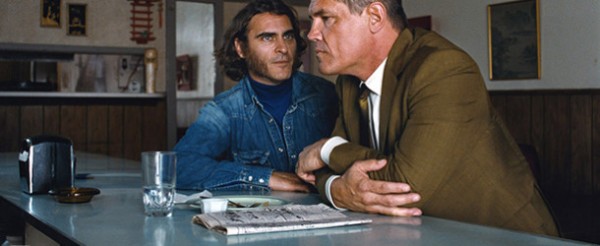
Doc (Joaquin Phoenix) and Bigfoot (Josh Brolin) don’t agree on much in Paul Thomas Anderson adaptation of Thomas Pynchon novel
As with all Anderson films, Inherent Vice looks and sounds great; cinematographer Robert Elswit, who has shot most of Anderson’s works, bathes the quirky drama in hazy, syrupy colors, while Jonny Greenwood’s score is accompanied by songs by Can, Sam Cooke, Minnie Riperton, the Marketts, and Neil Young. (In fact, Young’s Journey through the Past experimental film served as an influence on Anderson when making Inherent Vice, as did David Zucker, Jim Abrahams, and Jerry Zucker’s Police Squad and Naked Gun series, Robert Altman’s 1973 Philip Marlowe movie The Long Goodbye, and Howard Hawks’s 1946 version of Raymond Chandler’s The Big Sleep.) It all has the feel of the Coen brothers’ The Big Lebowski as reinterpreted by Anderson and Pynchon — who might have been on-set during at least some of the shooting and supposedly makes a cameo in the picture. The film is littered with absurdist jokes and oddities, from the way Bigfoot eats a chocolate-covered banana to a trio of FBI agents picking their noses, from the right-wing Vigilant California organization to a clip from the 1952 Cold War propaganda film Red Nightmare. Phoenix once again fully inhabits his character, who putt-putts around in an old Dodge Dart and just wants life to be mellow and groovy. Brolin is hysterical as his foil, the straitlaced, flattop cop who has a penchant for busting down doors. The large cast also includes Benicio del Toro as Sauncho Smilax, Doc’s too-cool lawyer; Reese Witherspoon as Penny Kimball, Doc’s well-coiffed girlfriend; Maya Rudolph (Anderson’s real-life partner and the daughter of Riperton) as receptionist Petunia Leeway; Sasha Pieterse as Japonica Fenway, who hangs with Golden Fang dentist Rudy Blatnoyd (Short); and Joanna Newsom as Sortilège, the film’s narrator (who does not appear in the book). Inherent Vice is yet another unique cinematic experience from Anderson, one that is likely to take multiple viewings to understand just what is going on, but as with his previous films, it is likely to be well worth the investment. Inherent Vice is screening January 19 at 3:45 in the Metrograph series “Paul Thomas Anderson x 6” and will be preceded by Anderson’s Radiohead: Daydreaming music video in 35mm. The mini-festival is being held in conjunction with the release of his latest work, Phantom Thread, and continues through January 25 with Punch-Drunk Love and Boogie Nights.
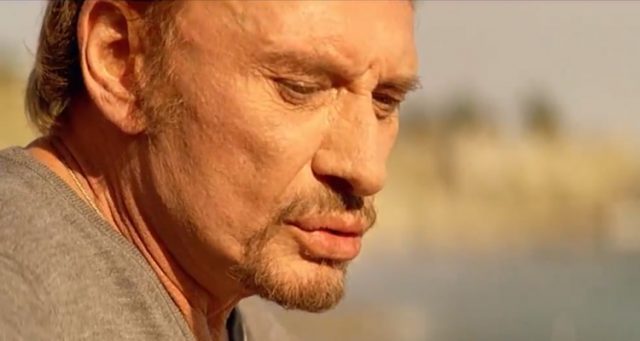
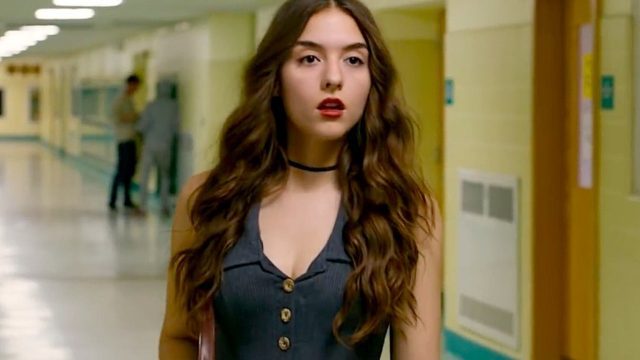
 Twenty-two-year-old
Twenty-two-year-old 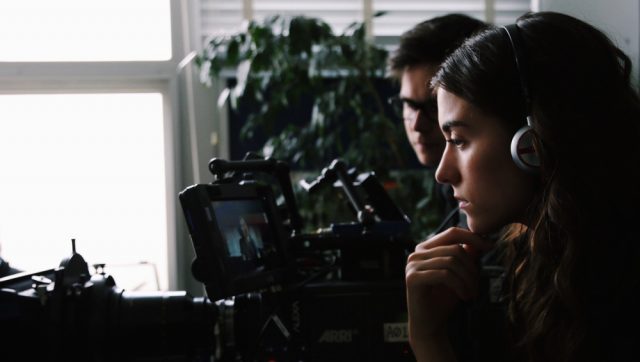
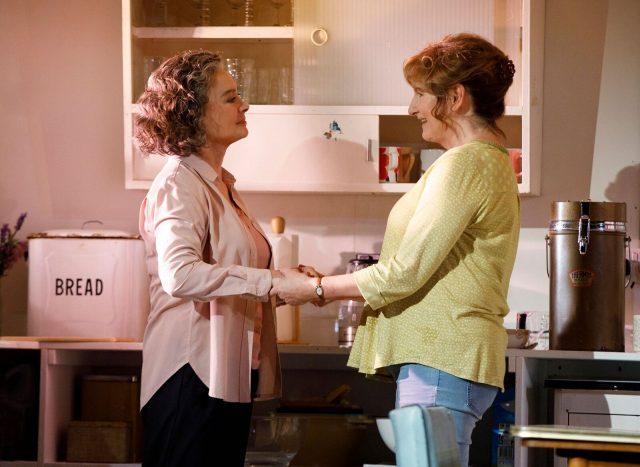
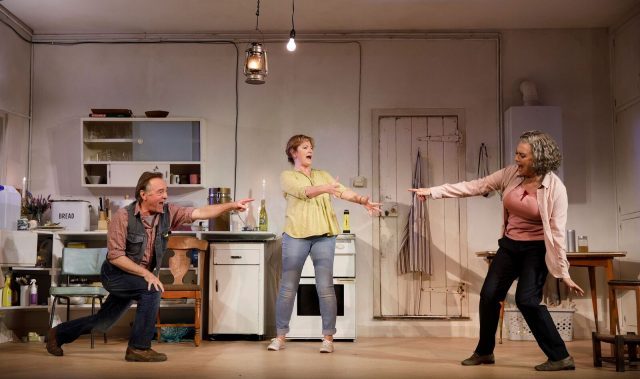

 It makes sense that award-winning writer-director Paul Thomas Anderson, who has made such complex, challenging films as Magnolia,
It makes sense that award-winning writer-director Paul Thomas Anderson, who has made such complex, challenging films as Magnolia, 
